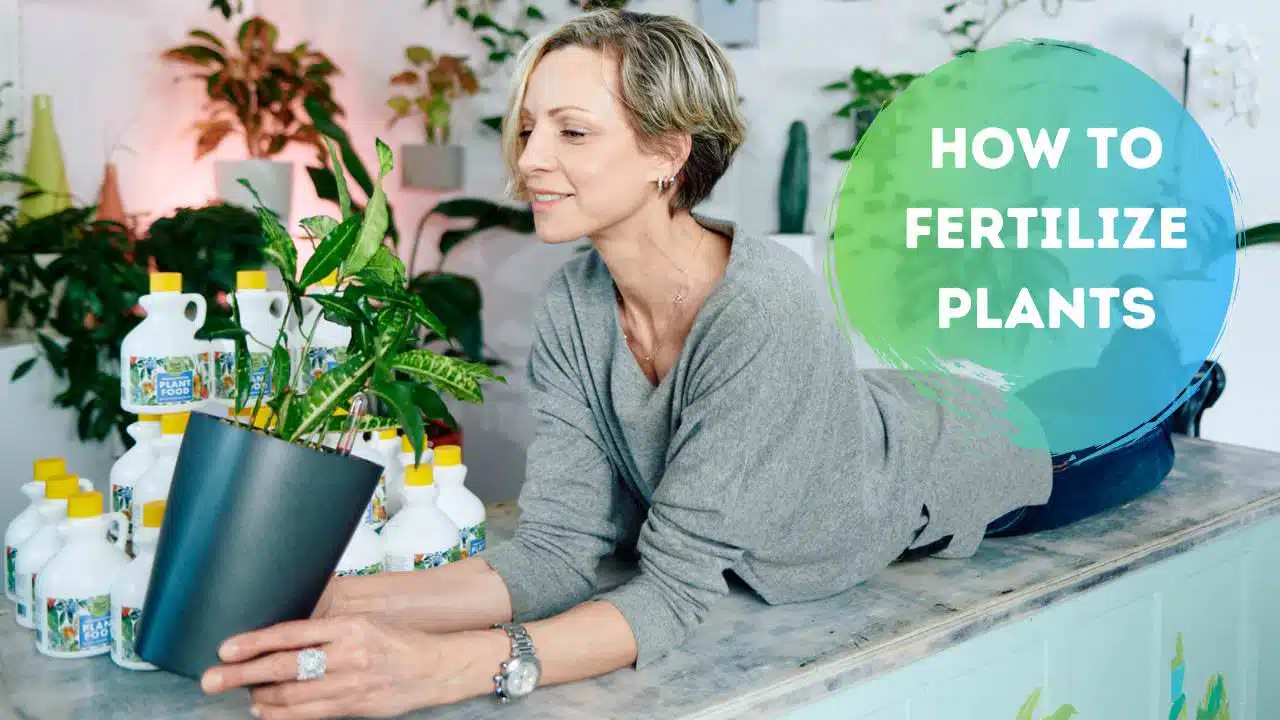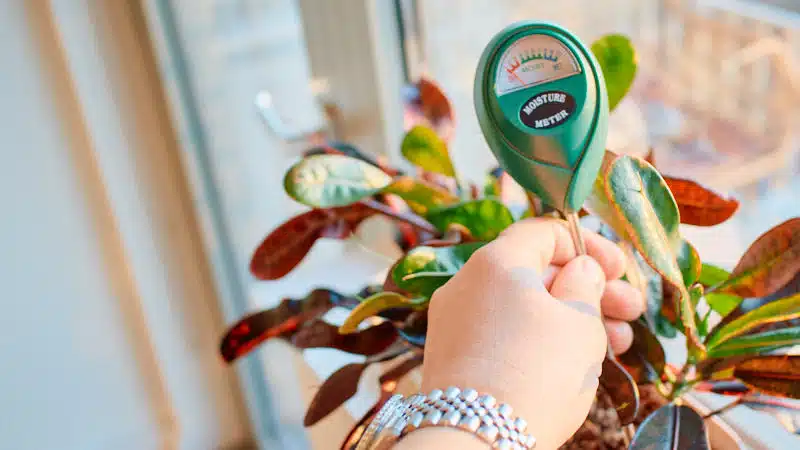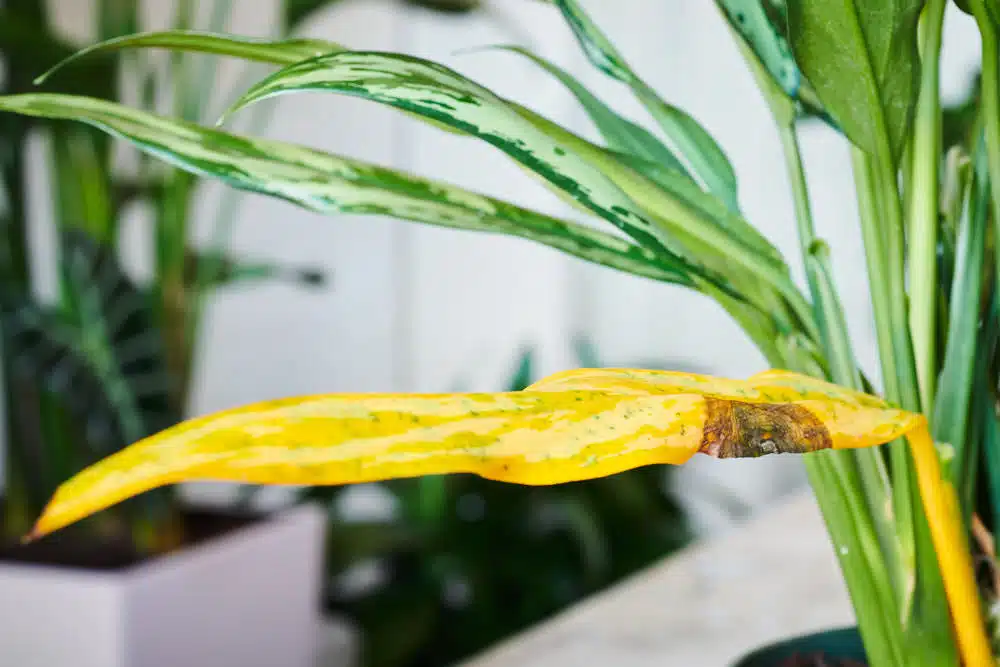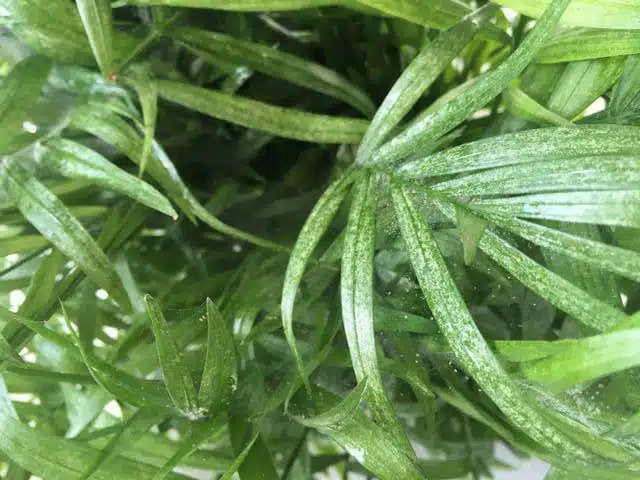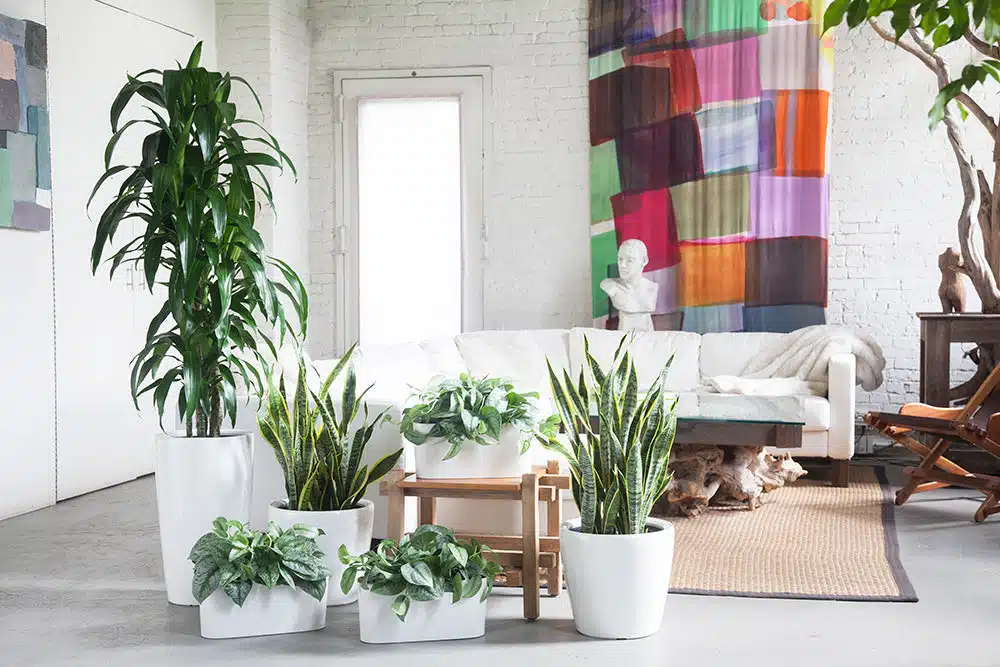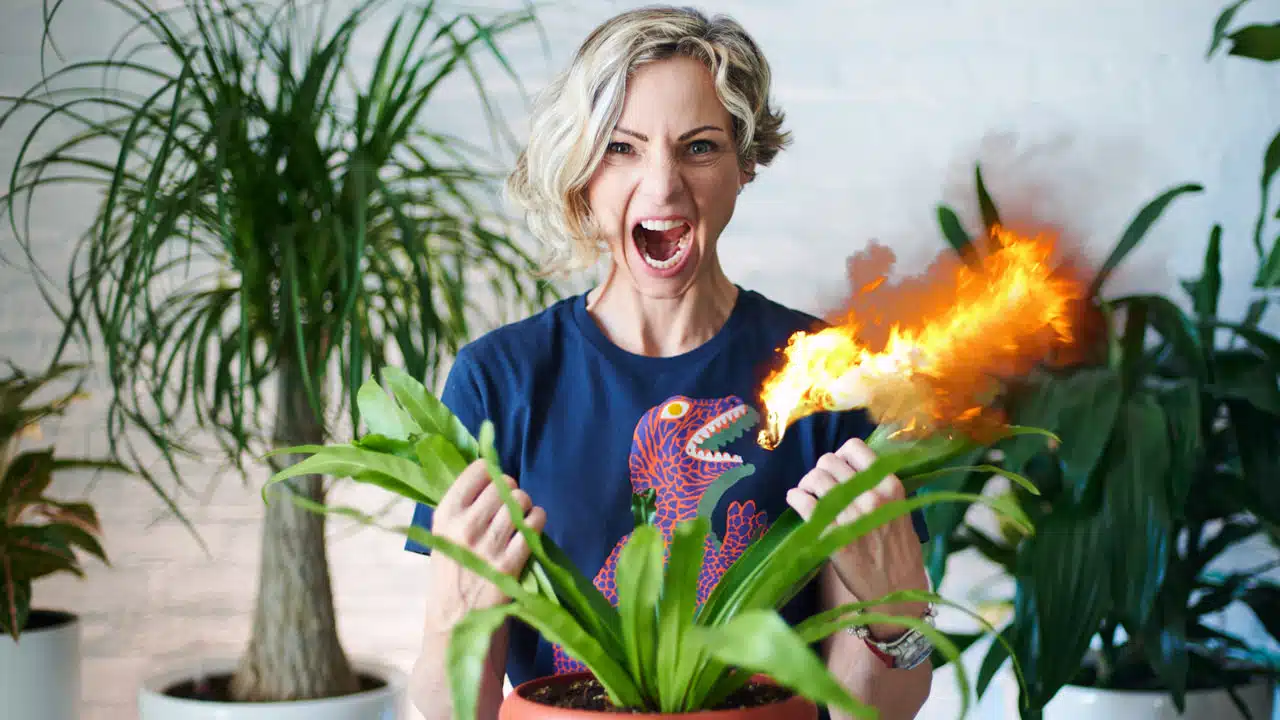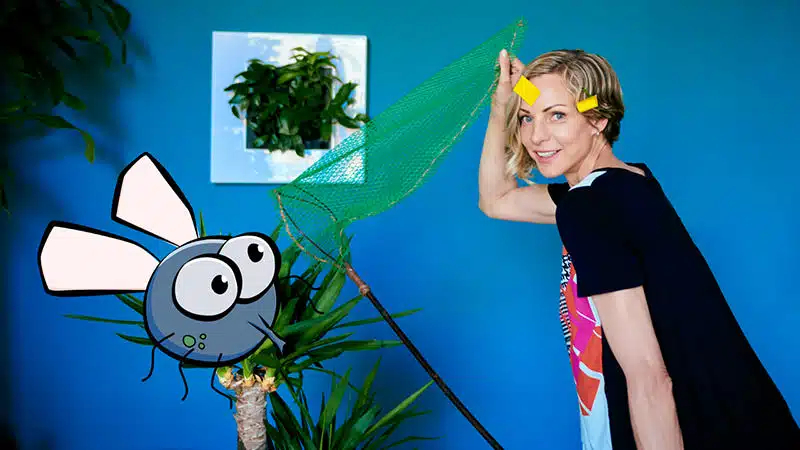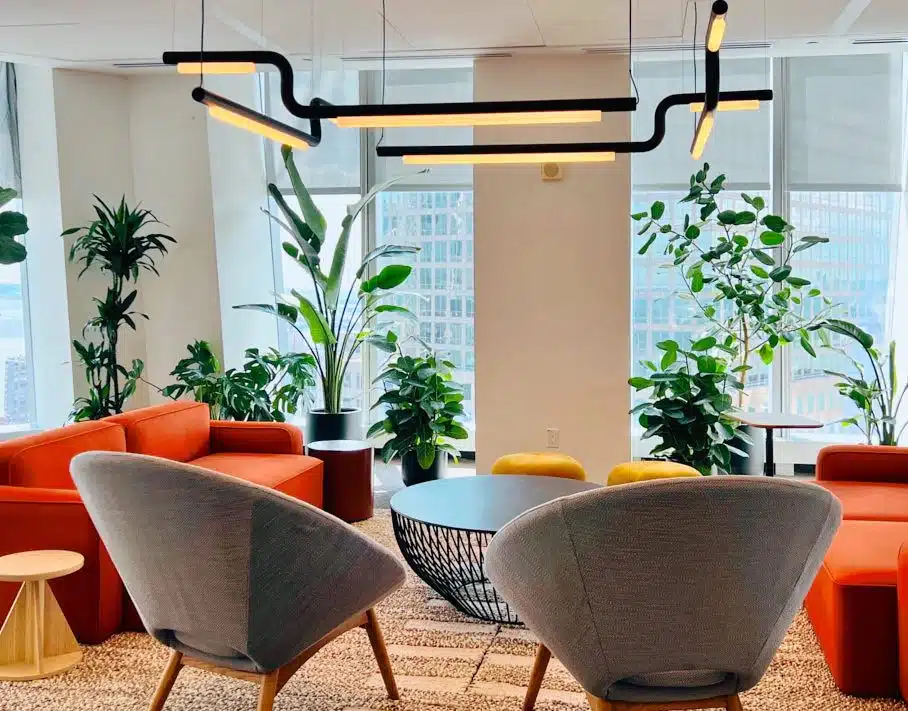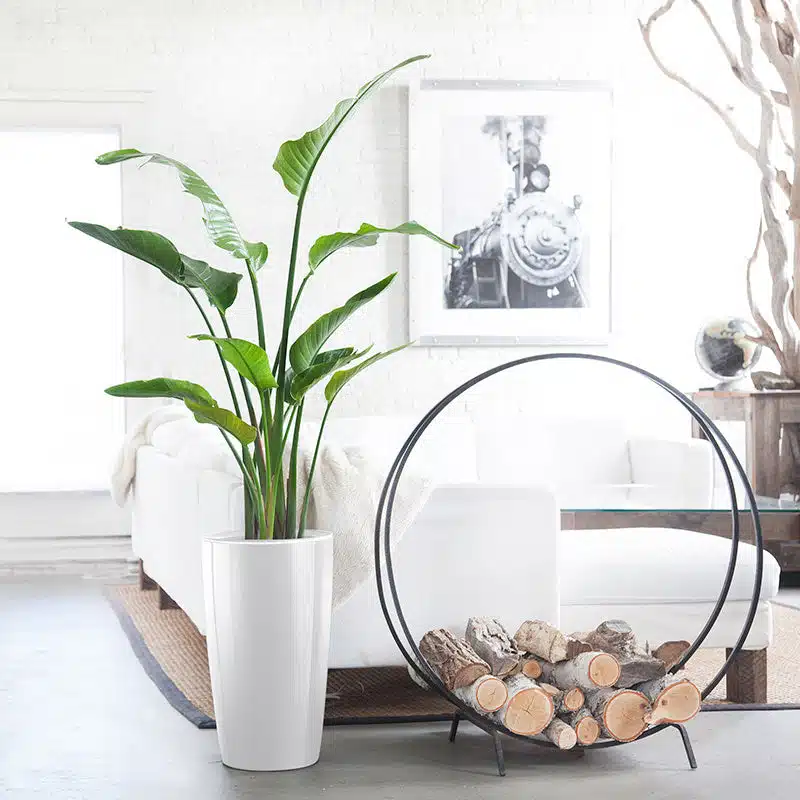
Have you ever brought home a beautiful plant, only to watch it wither away despite your best efforts?
I’ve been there, and I’m here to help you avoid the heartbreak of difficult houseplants. As someone who’s nurtured thousands of indoor plants, I’ve seen my fair share of green disasters.
In this guide, I’ll walk you through the top 10 worst houseplants for plant beginners. Let’s dive in and discover why these plants might not be the best choice for your indoor garden.
Understanding “Difficult” Houseplants
Before we jump into our list, it’s important to understand what makes a plant “difficult” or “worst” for indoor care. In my experience, it’s not that these plants are inherently bad; rather, they have specific needs that are challenging to meet in typical home environments. Factors like light requirements, humidity needs, specific watering needs, and susceptibility to pests can all contribute to a plant’s difficulty level.
Top 10 Worst Houseplants for Beginners
1. Maidenhair Fern

The Maidenhair Fern is the diva of the plant world. With its delicate, lacy fronds, it’s undeniably beautiful, but it’s also incredibly high-maintenance. I’ve seen countless maidenhair ferns turn crispy and brown within weeks of bringing them home.
These ferns demand constant high humidity and consistently moist soil. Even a brief dry spell can cause irreparable damage. If you’re not prepared to check the soil moisture levels twice a week and maintain a high humidity, this fern might be more frustrating than it’s worth.
2. Fiddle Leaf Fig

Ah, the Fiddle Leaf Fig – the darling of Instagram and the bane of many plant owners’ existence. Despite its popularity, this trendy tree is notoriously finicky. I’ve watched fiddle leaf figs thrive in-store displays, only to decline rapidly once brought home.
They’re extremely sensitive to changes in light, temperature, and watering. Overwater and you’ll face root rot. Underwater, and you’ll see dramatic leaf drop. Finding the right balance is a challenge that often leads to disappointment.
3. String of Pearls

The String of Pearls is a succulent that looks stunning in hanging baskets, but don’t be fooled by its hardy appearance. I’ve seen these plants go from lush to lifeless in a matter of days.
The main issue? Overwatering. Their delicate roots are prone to rot, but they also don’t tolerate drought well. It’s a tricky balance that often results in a sad string of brown, shriveled “pearls.”
4. Calathea (Prayer Plants)

Calatheas are beloved for their stunning foliage, but they’re some of the most high-maintenance plants I’ve encountered. They’re incredibly sensitive to water quality, humidity levels, and temperature changes.
If you don’t have distilled water and a humidifier handy, you’ll likely face crispy leaf edges and brown spots. Plus, they’re magnets for spider mites, making them a constant battle for even experienced plant owners.
5. Orchids

Orchids are often gifted as beautiful, low-maintenance plants, but this couldn’t be further from the truth. While they can be rewarding, they’re far from easy. I’ve seen countless orchids languish after their initial bloom.
They require specific light conditions, careful watering, and patience during dormant periods. Many people struggle to get them to rebloom, leading to disappointment and the misconception that the plant has died.
6. Alocasia

Alocasias, with their dramatic elephant ear leaves, are showstoppers. However, they’re also drama queens when it comes to care. I’ve watched many alocasias suddenly drop all their leaves or succumb to root rot.
They need high humidity, consistent moisture (but not too much!), and protection from drafts. They’re also prone to spider mites and can go dormant, leading many to think they’ve killed their plant.
7. Boston Fern

Boston Ferns are classic hanging plants, but they’re far from easy-going. In my experience, they’re one of the thirstiest plants you can bring into your home. They demand consistently moist soil and high humidity.
Without these conditions, you’ll end up with a mess of brown, crispy fronds constantly shedding all over your floor. Unless you’re committed to daily misting and frequent watering, this fern can quickly become a source of stress and a headache.
8. Croton

Crotons are eye-catching with their vibrant, multicolored leaves. However, they’re also notorious drama queens. I’ve seen crotons drop all their leaves after a simple move from one room to another.
They’re extremely sensitive to changes in light and temperature. They also need high humidity and are prone to spider mites. For many home gardeners, the constant battle to keep crotons happy isn’t worth the colorful payoff.
9. Air Plants (Tillandsia)

Air plants seem like they should be easy – they don’t even need soil! However, this misconception often leads to their demise. I’ve encountered many people who think air plants can truly live on air alone.
In reality, they need regular soaking and quick drying to thrive. They’re also sensitive to water quality and can easily rot if not dried properly after watering. Their unique care requirements often catch new plant parents off guard.
10. Gardenia

Gardenias are prized for their fragrant white flowers, but they’re one of the fussiest plants I’ve worked with. They have very specific needs when it comes to soil pH, temperature, and humidity.
They’re prone to bud drop if conditions aren’t perfect, and they’re magnets for pests like whiteflies and spider mites. For most indoor gardeners, the brief periods of blooming aren’t worth the constant care and potential disappointment.
Why These Plants Struggle Indoors
The common thread among these challenging plants is the discrepancy between their natural habitats and our home environments. Many of these plants come from tropical or subtropical regions with high humidity and specific light conditions that are difficult to replicate indoors.
Our homes often have dry air, inconsistent temperatures, and limited natural light. We also tend to overwater, trying to compensate for what we perceive as dry conditions. This mismatch between what the plants need and what we typically provide is at the root of most indoor gardening struggles.
Alternatives for Beginners
If you’re new to plant parenthood, don’t be discouraged! There are plenty of beautiful, low-maintenance plants that can thrive in your home. Some of my top recommendations include:
Pothos

These vining plants are nearly indestructible and come in various beautiful varieties.
Snake Plants

Snake plants tolerate low light and infrequent watering, making them perfect for busy or forgetful plant owners.
ZZ Plants

Another tough plant that can handle neglect is the ZZ plant, known for thriving as one of the best low light plants, making ZZ plant care incredibly easy and ideal for busy individuals or those new to gardening.
Philodendrons

Many Philodendron varieties are easy to care for and adapt well to indoor conditions.
Remember, successful indoor gardening is about matching the right plant to your environment and lifestyle. Start with these easier options, and as you gain confidence and experience, you can gradually take on more challenging plants.
Looking for plants that thrive in your bedroom? Check out my guide on the 18 Best Plants For Bedroom: A Complete Guide For Beginners.
Share Your Plant Experiences!
I’d love to hear from you! Have you struggled with any of the plants on this list? Or do you have a success story with one of these challenging green friends? Perhaps you have your own recommendations for beginner-friendly plants? Share your thoughts, experiences, and questions in the comments below.



